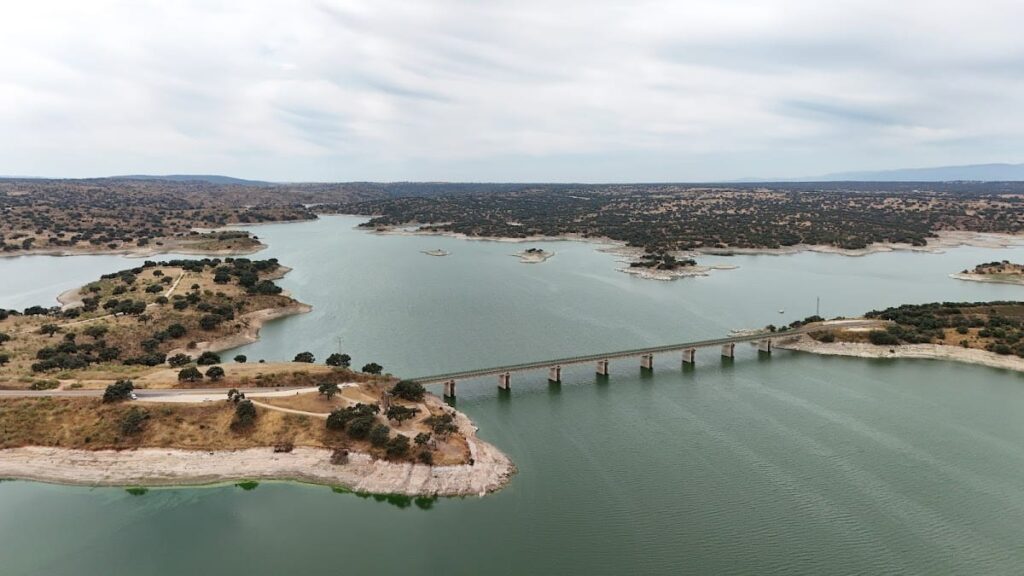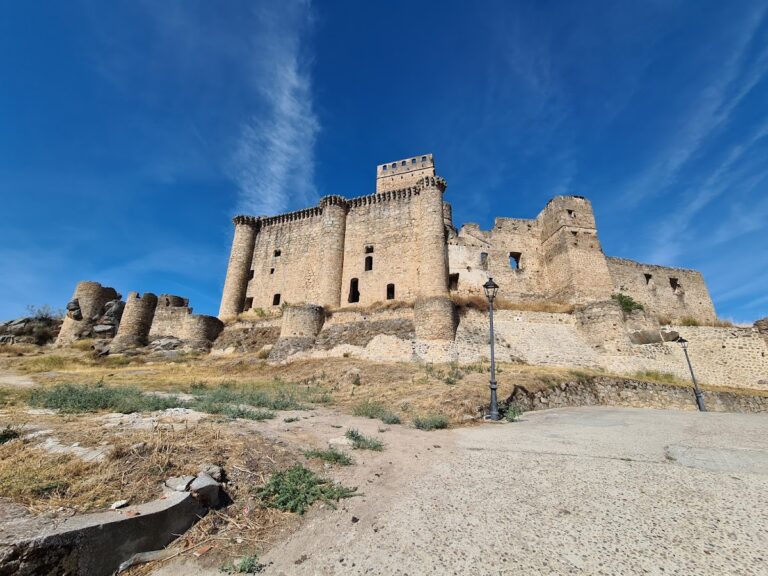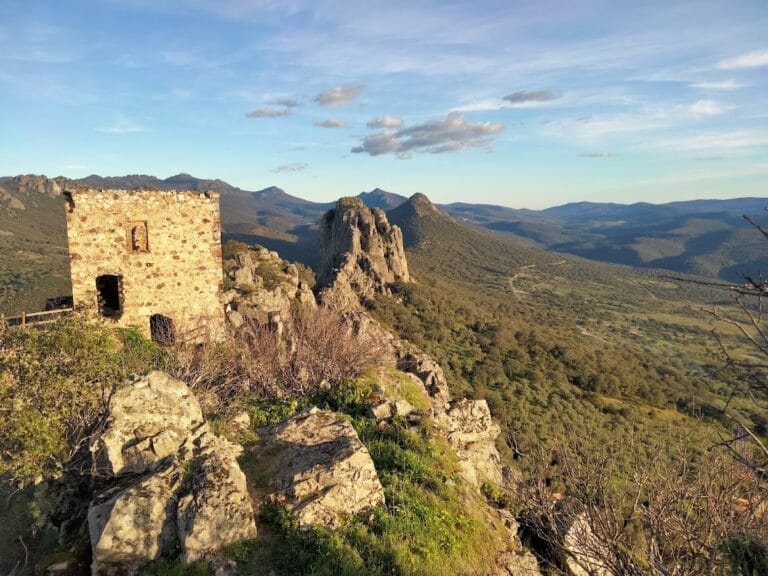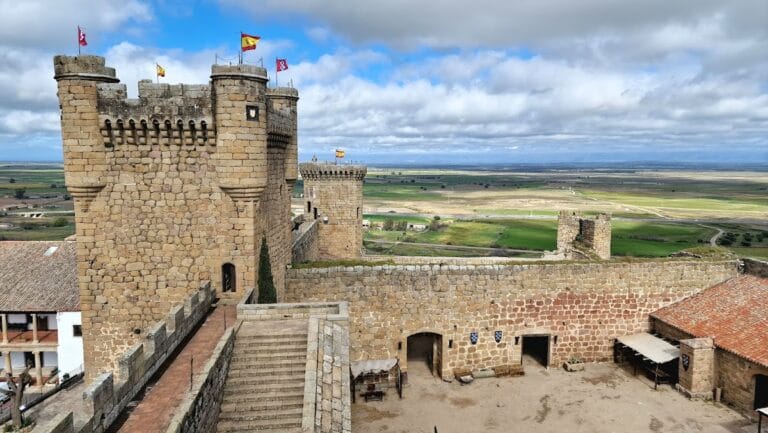Temple of Los Mármoles: A Roman Temple in Augustóbriga
Visitor Information
Google Rating: 4.6
Popularity: Medium
Google Maps: View on Google Maps
Country: Spain
Civilization: Roman
Remains: Religious
History
The Temple of Los Mármoles was built by the Romans in the 2nd century AD within the forum of Augustóbriga, a Roman city located near the Tagus River. Augustóbriga occupied a strategic position guarding the Alarza ford, an important crossing that helped the city thrive.
During Roman times, the temple formed part of a religious complex in the city’s forum, which included two other temples. The largest of these was dedicated to Jupiter and known as the Temple of La Cilla. Archaeological evidence confirms the building’s function as a temple rather than a civic meeting place, based on its architectural features and its association with the other temples.
In later centuries, the area came under Islamic influence, reflected in local place names such as “Alarza,” derived from Arabic. For a long time, local legends mistakenly attributed the temple’s origins to the Moors, showing how historical memory shifted with changing cultural dominance.
In the 20th century, the temple was recognized for its cultural value and declared a Bien de Interés Cultural (Asset of Cultural Interest) in 1931. However, the construction of the Valdecañas dam in the late 1950s threatened the site. To preserve it, the temple was dismantled in 1963 and moved first near Peraleda de la Mata, then relocated again to the opposite shore in Bohonal de Ibor to improve access.
Since its relocation, the temple has seen little conservation work and has been largely neglected, despite local efforts to promote its historical importance.
Remains
The Temple of Los Mármoles has a rectangular layout oriented to the south. Originally, it stood on a high cliff overlooking the Tagus River, a feature preserved at its current site. The structure dates from the 2nd century AD and was built entirely of granite, a durable local stone.
Its foundation consists of granite blocks arranged in a continuous molding around the base. The entrance once featured a three-step staircase, now mostly lost, with a recessed central threshold marking the doorway. The portico includes four granite columns at the front and two on each side, all fully preserved. These columns rest on double-torus bases and are made of seven cylindrical stone drums each.
The capitals atop the columns appear simple today but originally had projections to hold stucco decorations that imitated elaborate Corinthian-style capitals. Traces of this stucco remain, along with a glossy plaster mixed with glass dust that gave the columns a marble-like shine visible from afar.
Above the capitals lies an architrave, once covered with durable stucco, and a cornice of which only three granite blocks survive. These blocks are positioned at the east corner and at the springing points of a rounded arch that replaces the typical triangular pediment. This rounded arch is unusual in Western Roman temples and reflects influences from the Eastern Mediterranean, consistent with Augustóbriga’s cultural ties to regions like Alexandria or Syria. Experts debate whether this arch was structural, decorative, or served as a clerestory window.
The temple’s inner chamber, or cella, no longer exists. It may have been dismantled for reuse or built with less durable materials that did not survive. The original marble floor slabs, documented in the 18th century, have also disappeared.
Nearby, three columns remain from the larger Temple of La Cilla, which was constructed with masonry rather than ashlar blocks. This temple was not relocated due to the complexity of its structure.
Today, the temple stands on a small partly paved esplanade with wooden railings and informational panels. The temple’s preservation owes much to its careful dismantling and relocation before the reservoir flooded the original site, unlike other ruins now submerged and subject to periodic damage.










